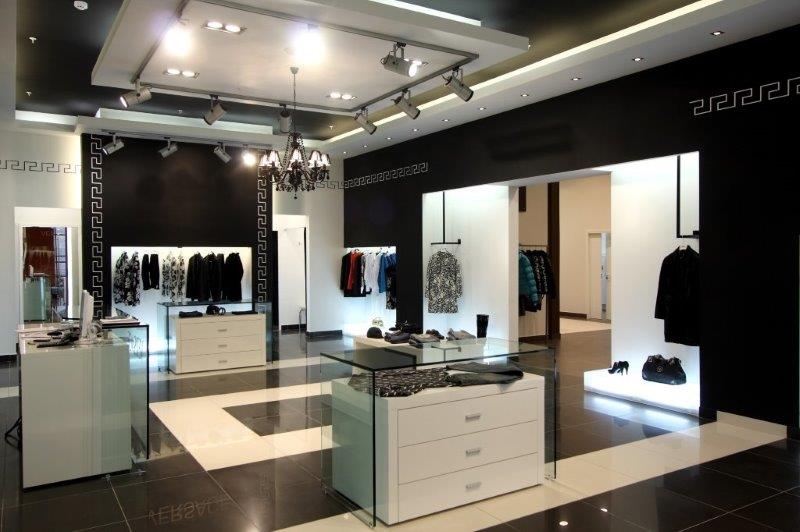LED strip lights are a versatile and customizable lighting solution that has taken the market by storm. They offer a wide range of applications, from mood lighting and accent lighting to task lighting and commercial installations. In this comprehensive guide, we’ll delve into everything you need to know about LED strip lights, including their types, how to choose the right one for your needs, installation tips, and inspiring ideas for various applications. Let’s get started!
Types of LED Strip Lights
Single Color
These LED strips produce a single, static color. Available in various shades, they’re perfect for creating a consistent look or for matching specific color schemes in your space. Popular colors include warm white, cool white, and daylight white.
Get our products; LED Strip Light
RGB and RGBW
RGB LED strips are capable of producing a wide range of colors by combining red, green, and blue LEDs. You can create virtually any color imaginable, making them ideal for dynamic lighting designs. RGBW strips take it a step further by adding a separate white LED, offering more accurate whites and an even broader color palette.
Tunable White
Tunable white LED strips allow you to adjust the color temperature of the light, ranging from warm to cool white. This feature is perfect for creating different atmospheres or adapting the lighting to specific tasks or times of the day.
Choosing the Right LED Strip Light
Voltage
LED strip lights come in two voltage options: 12V and 24V. The choice depends on your specific application and power requirements. Generally, 24V strips offer better performance in terms of brightness and energy efficiency, but 12V strips are more affordable and easier to work with.
Color Temperature
Color temperature is measured in Kelvins (K) and refers to the perceived warmth or coolness of the light. Lower temperatures (2700K-3000K) produce a warm, cozy light, while higher temperatures (5000K-6500K) emit a cool, crisp light. Choose a color temperature that suits your preferences and the intended use of the lighting.
Lumens and Brightness
Lumens (lm) indicate the amount of light a strip produces. More lumens equal brighter light. When selecting an LED strip, consider the desired brightness and the size of the area you want to illuminate.
Waterproofing
Some LED strips are available with waterproof coatings or enclosures, allowing them to be used in damp or wet environments, such as outdoors or in bathrooms. Make sure to choose a waterproof strip if your application requires it.
Beam Angle
The beam angle of an LED strip light determines how the light is dispersed. Wider beam angles (120° or more) create a more even and diffuse light distribution, while narrower beam angles (less than 120°) produce a more focused and concentrated light output. Consider the specific lighting effect you want to achieve when selecting a beam angle.
Installation Tips and Tricks
Power Supply and Control
To power your LED strip lights, you’ll need a compatible power supply or transformer. Make sure to choose one with the correct voltage and sufficient wattage for your specific strip. Additionally, consider how you want to control your strip lights, whether it’s through a simple on/off switch, a dimmer, or a more advanced remote or app-based controller for color-changing strips.
Cutting and Connecting
Most LED strip lights can be cut at specific intervals, usually marked by a cut line or a scissor icon. This allows you to create custom lengths and shapes for your installation. To connect separate strips, you can use solderless connectors or solder the connections yourself, depending on your skill level and preferences.
Mounting
There are various mounting options for LED strip lights, including adhesive backing, mounting clips, and aluminum channels. Make sure to choose a mounting method that suits your surface and desired aesthetics. Properly preparing the surface by cleaning it and ensuring it’s free of dust and debris will ensure better adhesion and longevity.
Applications and Ideas
Residential
LED strip lights are perfect for adding a touch of flair and functionality to residential spaces. Popular applications include under-cabinet lighting in kitchens, accent lighting for shelves or TV backlights, and ambient lighting in bedrooms or living rooms.
Commercial
In commercial settings, LED strip lights can serve as both practical and decorative lighting solutions. They can be used to highlight products in retail displays, create dynamic effects in bars and restaurants, or provide task lighting in offices and workshops.
Conclusion
LED strip lights are a versatile, energy-efficient, and customizable lighting option that can transform any space. By understanding the different types, choosing the right specifications, and mastering installation techniques, you can create stunning and functional lighting designs for both residential and commercial applications.
FAQs
Q: Can LED strip lights be used outdoors?
Yes, but you’ll need to choose waterproof or weatherproof strip lights specifically designed for outdoor use.
Q: How long do LED strip lights last?
LED strip lights can last up to 50,000 hours or more, depending on the quality of the LEDs and proper installation.
Q: Can I dim my LED strip lights?
Yes, but you’ll need to use a compatible dimmer or controller to ensure smooth dimming without flickering or reduced lifespan.
Q: How do I calculate the power supply wattage I need for my LED strip?
Multiply the total length of the strip (in meters) by the strip’s wattage per meter to determine the total wattage required. Choose a power supply with a wattage rating higher than the calculated value.
Q: Can I mix and match different types of LED strip lights in the same installation?
A: Yes, you can combine different types and colors of LED strip lights, but make sure to use compatible controllers and power supplies to ensure proper operation.



Recent Comments